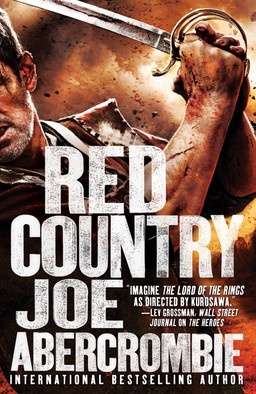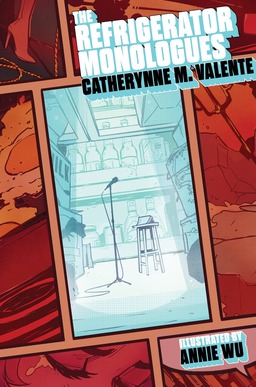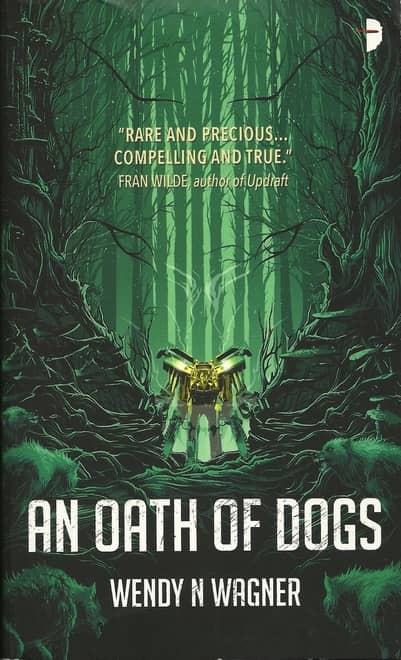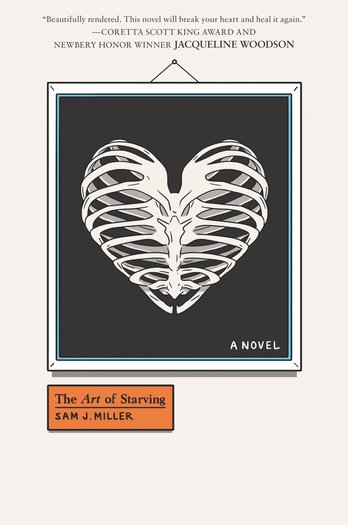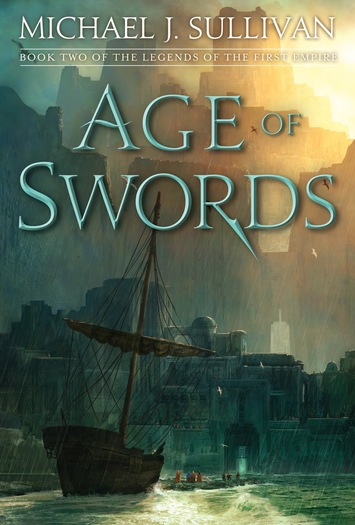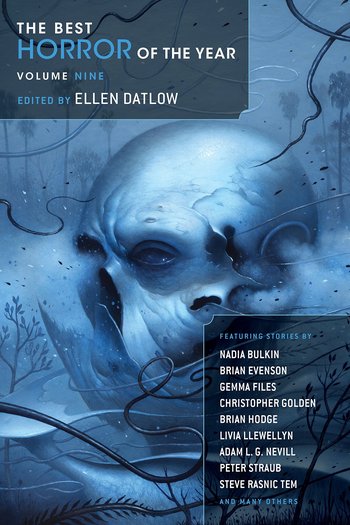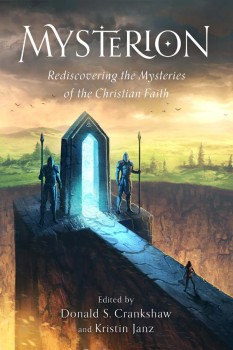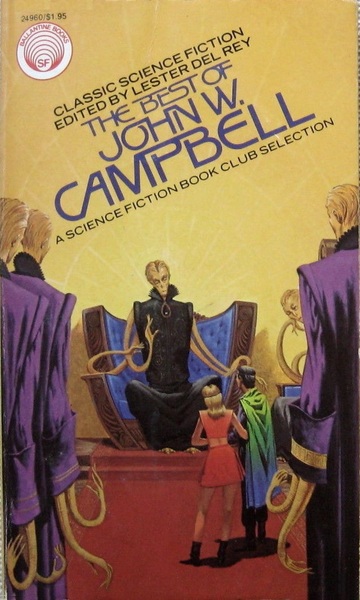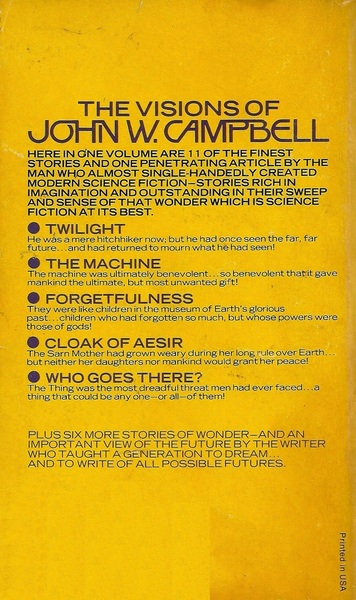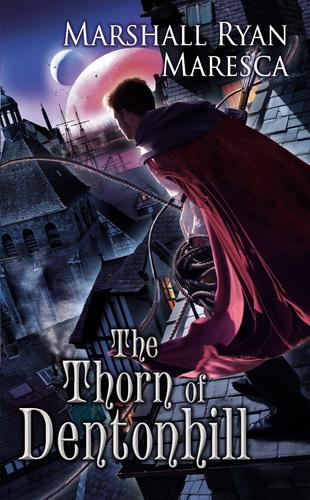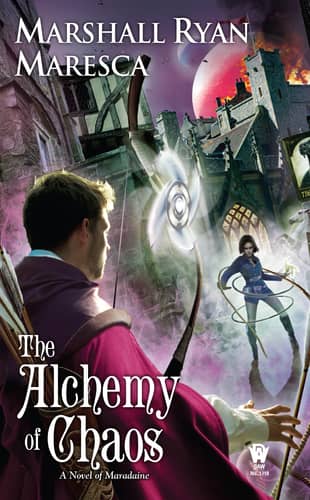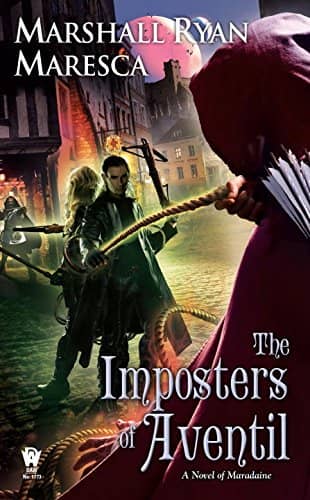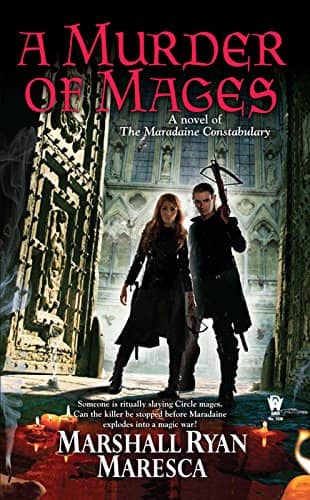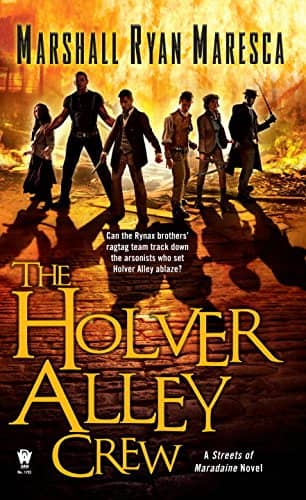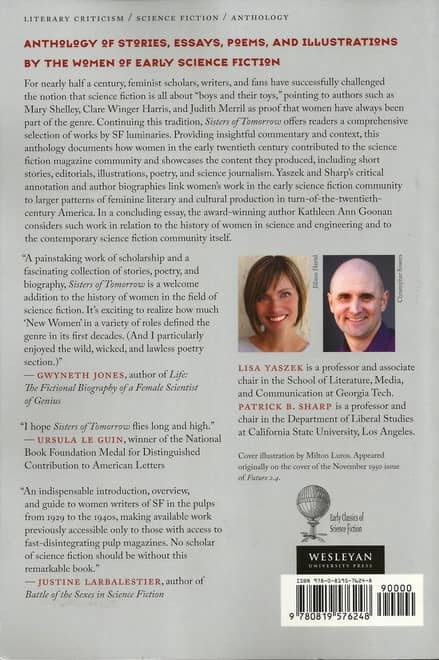An Old-Fashioned Space Opera: The Transcendental Machine Trilogy by James Gunn
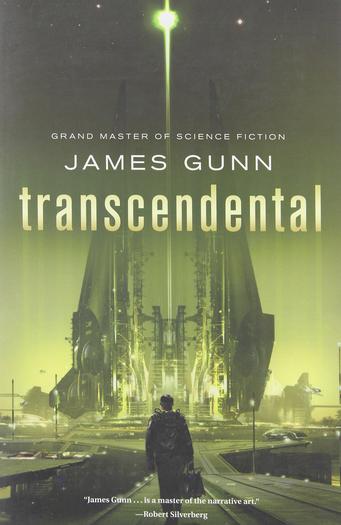 |
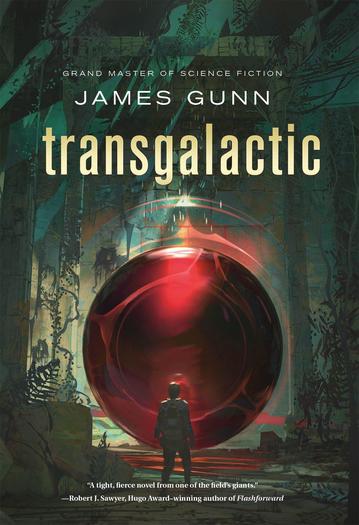 |
 |
I settled in with the latest issue of Asimov’s Science Fiction last week, and noticed something unusual… it had two stories by James Gunn, both set in his Transcendental universe, the setting for his novels Transcendental, Transgalactic and the newly-released Transformation. In the comments on my Asimov’s piece Amy Bisson pointed out that it was Gunn’s birthday, and when I went to confirm that, Wikipedia casually informed me he was 94 years old… 94 and still writing cutting edge hard SF! The field hasn’t seen anything like that since Jack Williamson (who won a Hugo at the age of 92, and died in 2006 at the age of 98).
Interestingly, Gunn was one of Jack Williamson’s collaborators. They wrote Star Bridge together in 1955. Like Williamson, Gunn began his career in the pulps, selling his first stories to Startling Stories and Thrilling Wonder Stories in 1949. His first novels, including Star Bridge and This Fortress World, were published by Gnome Press in 1955. Carl Sagan called his 1972 novel The Listeners, runner-up for the first annual John W. Campbell Memorial Award, “one of the very best fictional portrayals of contact with extraterrestrial intelligence ever written.” In 1996, he novelized Theodore Sturgeon’s famed unproduced Star Trek script The Joy Machine. As an editor he’s best known for his monumental six-volume Road to Science Fiction anthology series, and he won the Hugo Award in 1983 for his non-fiction book Isaac Asimov: The Foundations of Science Fiction. He became SFWA’s 24th Grand Master in 2007, and he was inducted into the Science Fiction and Fantasy Hall of Fame in 2015.

